As the leaves start to change and temperatures begin to dip, Midwest homeowners know that winter is right around the corner. From freezing rain and sleet to heavy snow and ice, the season can be tough on your roof, and even tougher on your wallet if problems go unnoticed. The good news? Fall is the ideal time to get ahead of winter damage with proactive maintenance and repairs.
Whether you’re in Kansas City or a neighboring suburb, this fall roofing checklist will help you protect your investment and avoid costly surprises later on. From ice dam prevention to attic inspections and flashing checks, these simple steps will give your home a solid defense against whatever winter throws your way.

Schedule a Professional Roof Inspection
Your first step should always be a professional roof inspection. Even if your roof appears fine from the ground, minor damage or wear could turn into major problems once the snow and ice arrive. A qualified roofer will examine the full surface of your roof, checking for loose or missing shingles, signs of water intrusion, compromised flashing, sagging areas, and more.
Fall is one of the busiest times of year for roofing contractors, so don’t wait until the first frost to schedule your inspection. Booking early ensures better availability and gives you time to make necessary repairs before winter hits.
Inspections are also essential for older roofs or those that have weathered recent storms. Catching issues now could save you from having to make emergency calls during a blizzard.
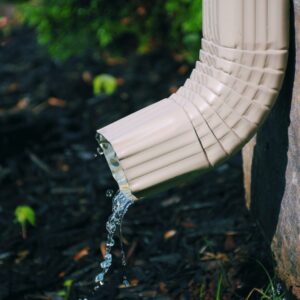
Clean Your Gutters and Downspouts
Clogged gutters are one of the biggest culprits behind winter roof damage, especially in the Midwest. As autumn leaves pile up, they can create blockages that prevent water from draining properly. When temperatures drop, trapped water can freeze, expand, and cause cracks in your gutter system or along the roof edge. This process leads to ice dams, thick ridges of ice that trap melting snow and force water back under your shingles.
To avoid this, thoroughly clean your gutters at least once during the fall, and more often if you have large trees near your home. Check downspouts to make sure they direct water away from your foundation. If you’re looking to make seasonal upkeep easier, consider installing gutter guards to reduce future clogs.

Inspect and Improve Attic Ventilation
Your attic plays a surprisingly important role in winter roof health. Poor ventilation can lead to uneven roof temperatures, causing snow to melt and refreeze at the eaves, another major cause of ice dams. Trapped heat and moisture can also create condensation, mold growth, and rotting roof decking.
Check that your attic has both intake and exhaust vents and that none are blocked by insulation or debris. You should feel airflow if you stand near a vent on a breezy day. If the air feels stale or humid, or if the underside of your roof sheathing appears damp, it may be time to improve your attic’s ventilation system.
Professional contractors can evaluate your current setup and recommend updates that improve airflow and energy efficiency while extending the life of your roof.
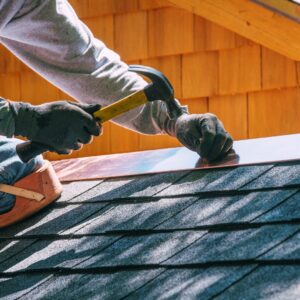
Examine Roof Flashing for Leaks
Flashing is the thin metal material that protects joints and seams on your roof, typically around chimneys, skylights, valleys, and vent pipes. Because these areas are prone to water infiltration, even a small crack or loose section of flashing can result in leaks that worsen over the winter.
During your fall inspection, make sure all flashing is tightly secured and properly sealed. Rust, lifting, or separation from the roof surface are signs that it needs to be repaired or replaced. Since flashing is often a trouble spot for leaks, addressing issues before snow and ice arrive can help prevent serious interior damage.
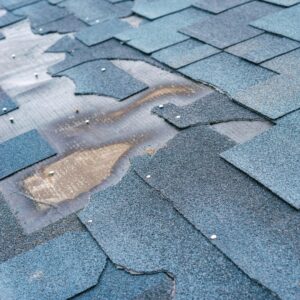
Replace Missing or Damaged Shingles
Shingles are your roof’s first line of defense against the elements, and even one missing or damaged piece can compromise the entire system. High winds, hail, and sun exposure can loosen or deteriorate shingles, especially on older roofs.
This fall, take time to examine your roof, either from the ground with binoculars or up close with professional help. Look for shingles that are curling, cracked, or have lost their protective granules. Any area that appears bare or uneven could be a weak spot where water might seep in.
If you notice damage, make repairs as soon as possible. It’s far easier (and less expensive) to fix a small patch now than to replace half your roof after a harsh winter storm.
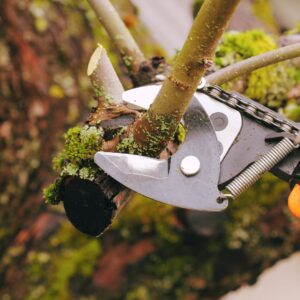
Trim Overhanging Trees
While beautiful in the fall, large trees can be a major hazard to your roof in the winter months. Snow and ice accumulation can weigh down branches, causing them to snap and fall on your roof. Even without falling, branches that brush against the shingles can wear them down over time, especially in windy weather.
Trim back any limbs that hang over your roof, particularly those that are dead or weakened. This also helps prevent leaves from gathering in your gutters and creating blockages. Keeping your trees pruned not only reduces roof damage risk but also protects your siding and windows from unnecessary debris and moisture.
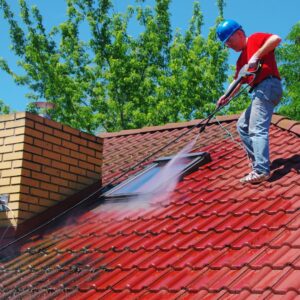
Clean Off Roof Debris
Beyond what ends up in the gutters, leaves, sticks, and other organic matter can accumulate directly on your roof. When left untouched, this debris traps moisture, promotes mold growth, and adds unnecessary weight to your roof during snowstorms.
A soft-bristle roof rake or blower can be used to remove debris from flat areas and valleys. For safety, always work from the ground or call a professional, especially if your roof has a steep pitch or multiple levels. Removing this debris now can prevent water backup and shingle deterioration through the colder months.
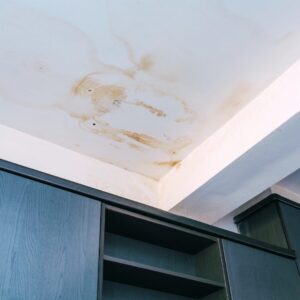
Check Interior Ceilings for Early Warning Signs
Sometimes, roof problems reveal themselves inside the home before they’re visible outside. Take a few moments this fall to check the ceilings and upper walls of your attic and top floor rooms for:
- Water stains or discoloration
- Peeling paint
- Sagging drywall
- Musty smells
These symptoms may point to a slow leak that could worsen with winter precipitation. If you spot anything suspicious, schedule a roof inspection to pinpoint the source and prevent long-term damage.

Energy Efficiency and Ice Dam Prevention Go Hand-in-Hand
In the Midwest, many homes lose heat through the roof in the winter, which can drive up your energy bills and trigger the freeze-thaw cycles that lead to ice dams. Improving attic insulation and sealing air leaks around vents, pipes, and chimneys can make a big difference.
According to the U.S. Department of Energy, nearly half of residential energy use goes toward heating and cooling. A well-insulated and ventilated roof not only protects your home from weather-related damage but also improves your comfort and reduces monthly expenses.
If you’re unsure about your home’s energy performance, consider scheduling an energy audit or asking your roofing contractor about ways to boost efficiency during your fall inspection.
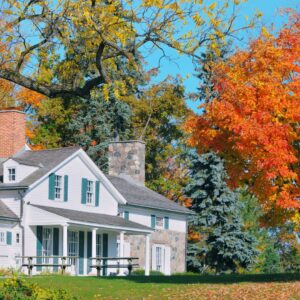
Final Thoughts
Winter roof prep may not be at the top of every homeowner’s fall to-do list, but it should be. By taking a few simple precautions now, you can prevent expensive repairs, extend the life of your roof, and ensure peace of mind during the coldest months of the year.
From scheduling a roof inspection to checking attic ventilation, every step on this checklist plays a role in keeping your home safe and dry. And in Kansas City’s unpredictable climate, being proactive makes all the difference.

Need Fall Roofing Services in Kansas City?
If you’re ready to get your roof winter-ready, our team of experienced roofing professionals is here to help. We provide comprehensive Kansas City roof inspections, repairs, and maintenance tailored to your home’s unique needs.
Don’t wait for the first snowfall to act, contact us today to schedule your fall roofing services and protect your home for the season ahead.



